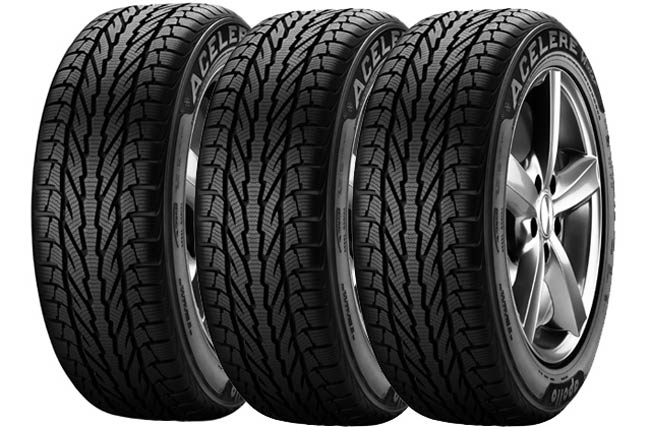Replacing your tyres can be expensive, so you might want to wait for as long as possible. This is understandable; you don’t want to spend money when you don’t need to. Also, those tyre shops tend to keep your old tyres, so you don’t want to give them useable tyres for free. In fact, you’re not even giving them your old tyres for free; you’re paying them to take your old tyres. So you want to get as many kilometres as possible out of them.
Depth
Tread depth is the most significant factor in deciding when to replace your tyres. Every jurisdiction has different definitions of what a “worn out” tyre might be. In fact, some countries and states have legal definitions. The legal definition of worn-out tyres in California is different from the definition of worn-out tyres in Auckland. In most parts of the United States, for example, a tyre is considered worn out when only about 1/6 of a centimetre of tread depth remains. If you don’t have a ruler handy, don’t worry. Most tyres have “wear bars” which are visual indicators that show you when your tyres have worn down. If you see the wear bars, or if your tyres just look smooth, then you need to replace them.
You should also look to see if the tread is worn out unevenly. If your tyres are starting to look somewhat lopsided, you should take your vehicle to a mechanic to get them rotated. Also, tyres wearing out unevenly is usually an indication that your car needs to be balanced.

How Many?
So, you might be ready to replace your tyres, but don’t want to spend the money on replacing four tyres. That can get expensive in a hurry. Your tyres are one of the most important functional aspects of your car; they determine the way your car performs in many ways. Therefore, you should do your best to replace all four tyres at once. That’s not always feasible or practical though. If you have a punctured tire for whatever reason, you might have to replace just one. In this situation, your best bet is to replace the tyre with one as similar as possible to the others. It should be the same make, model, speed rating, tread style, etc. Tyres that don’t match can cause serious handling issues.
If you are replacing two of your tyres, you have similar considerations. You should buy tyres that are as similar to the ones already on your vehicle as possible. They should be the same make, model, tread style, weather rating, etc. Also, you should install them on the rear of the car; your mechanic will know all of this. Installing them on the rear axle means that your best traction will be in the back of the car, so if you lose control, you will understeer. Understeering is when you lose control of the front of the car as opposed to the back. This is a much easier problem to handle than losing control of the rear of the vehicle, which is called oversteering. You should also look into why your tyres are wearing out at different rates. That could be an indication of tire misalignment, odd driving habits, or poor tyres. Your mechanic can definitely help you figure that out.
Replacing your tyres can be expensive, but it doesn’t have to be needlessly expensive.